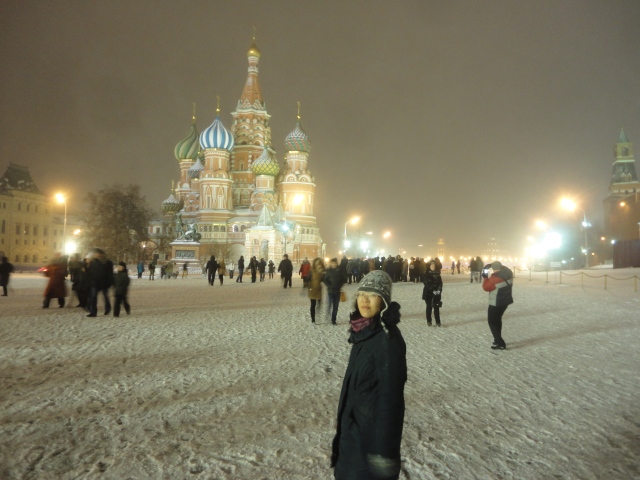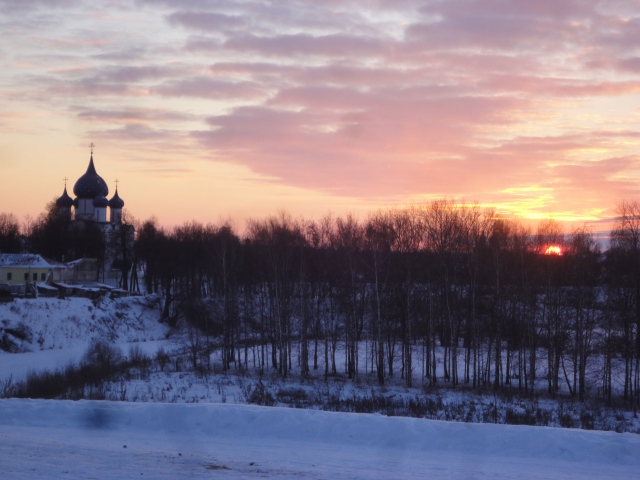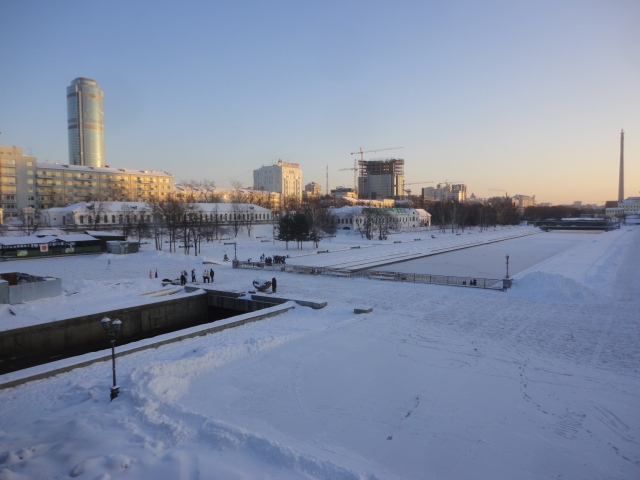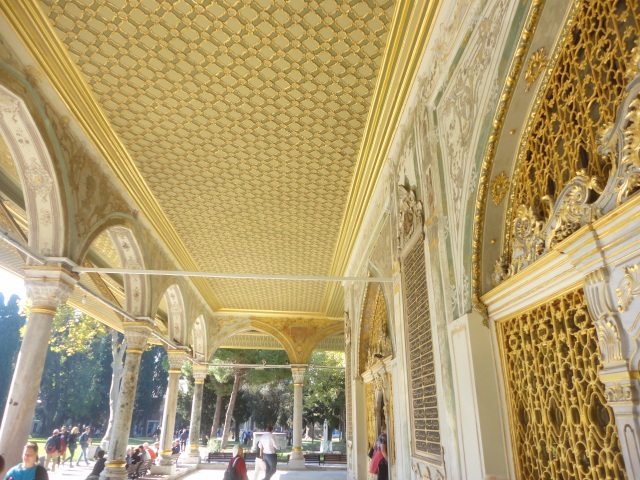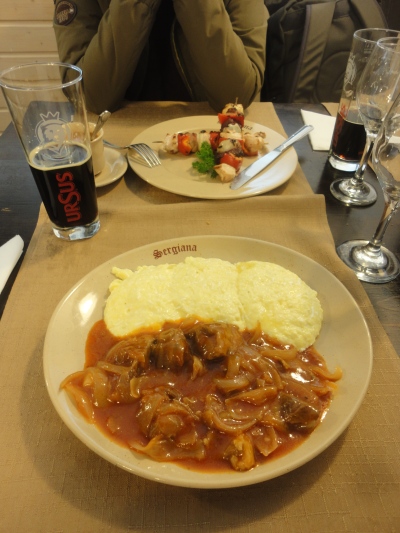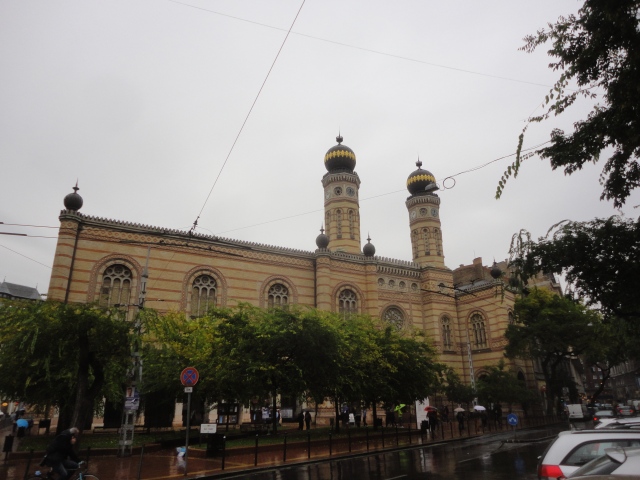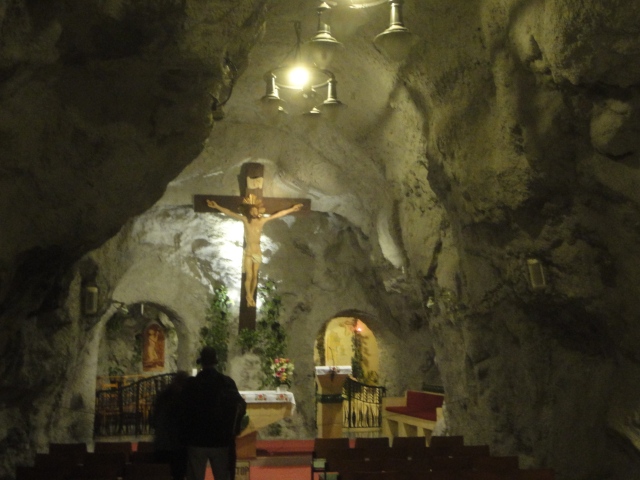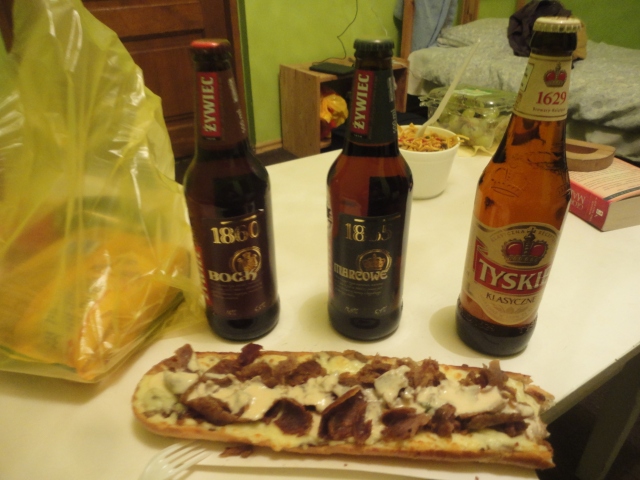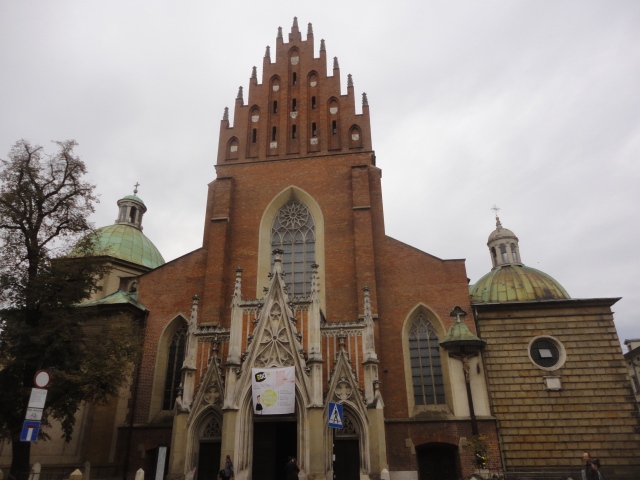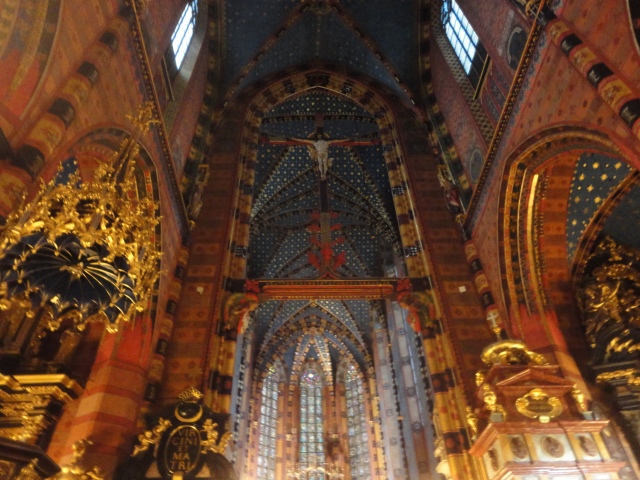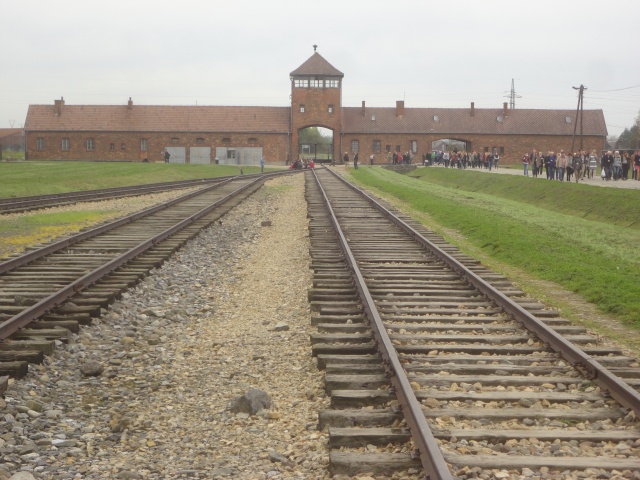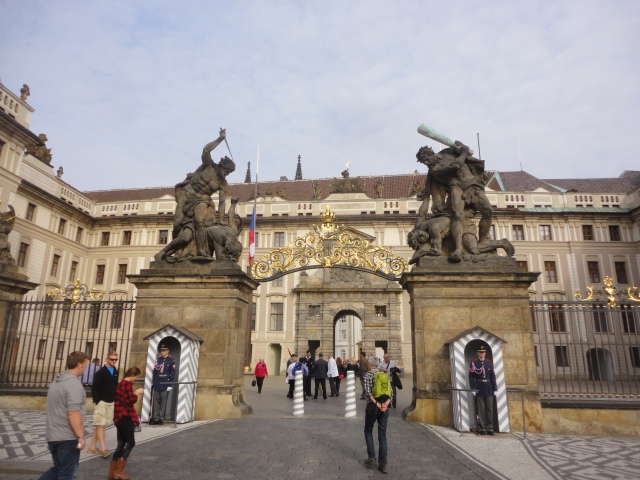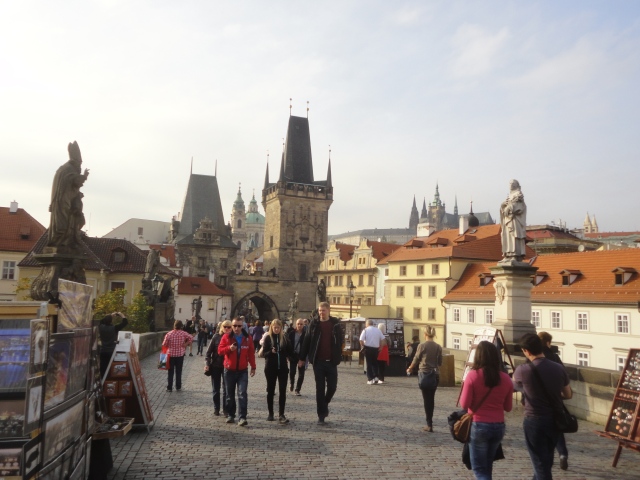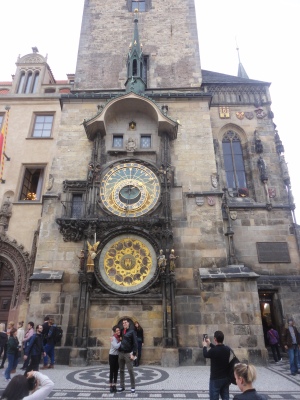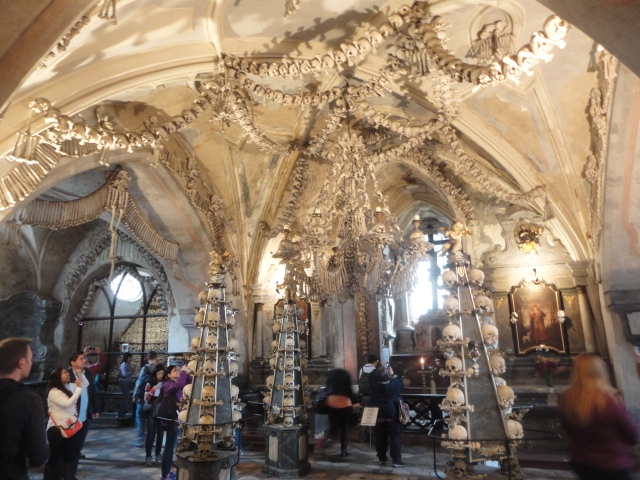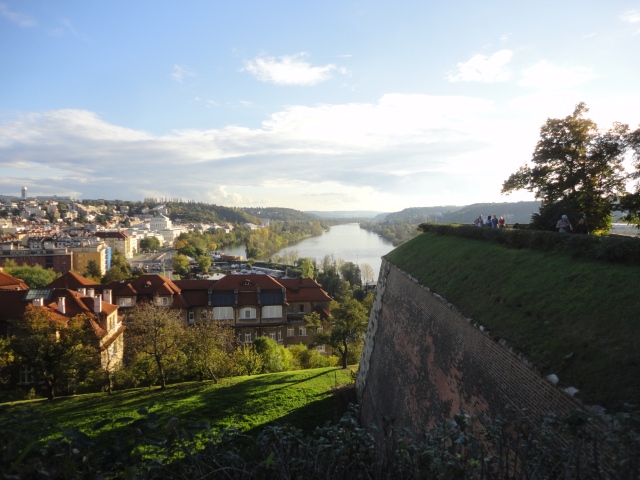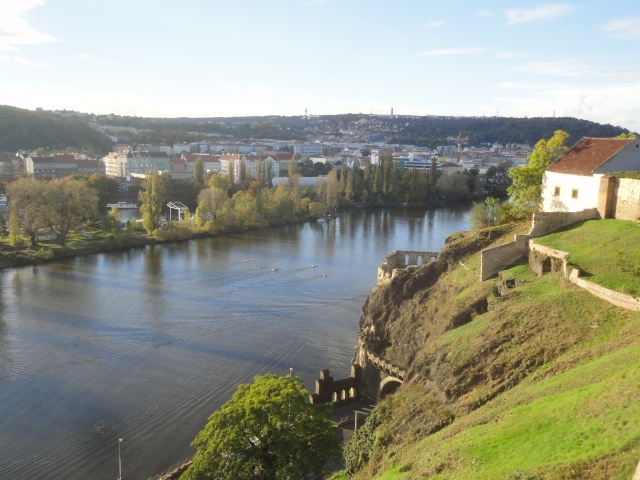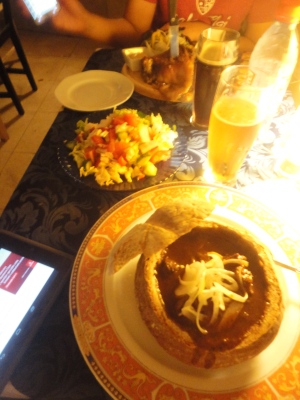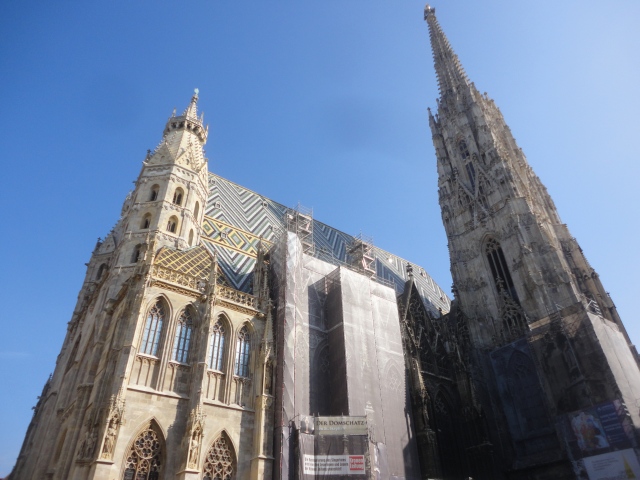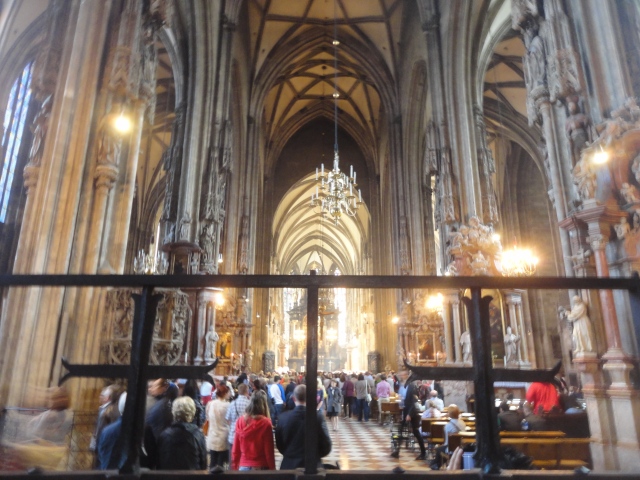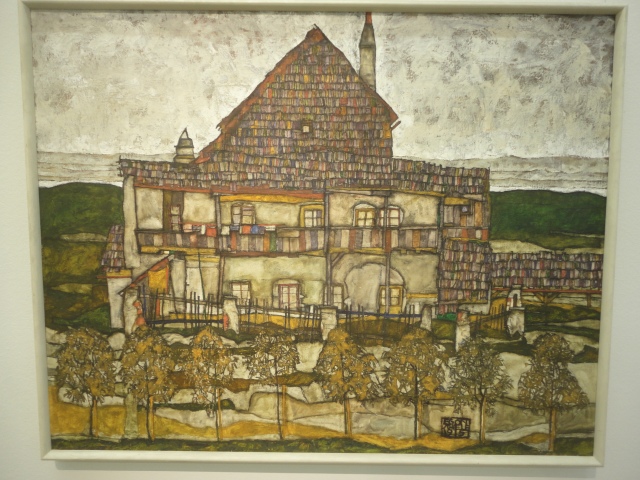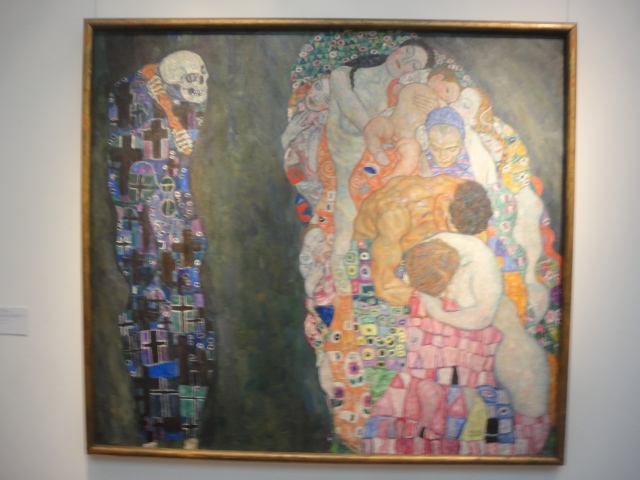At the end of our last Russian vacation, we ended up back in the same place as our first- Moscow, of course. The idea was to catch as many of the highlights we missed last time as possible… and we pretty much nailed it.
The first stop, closed during out last visit on the May 9th holiday, was Lenin’s Mausoleum, situated next to the red walls of the Kremlin in Red Square. Here Lenin’s body has been on display since his death in 1924. The unique preservation techniques give him a waxy pallor, but it’s incredible seeing history literally on display, meticulously groomed facial hair and all. It’s macabre, but powerful. Around the tomb are plaques and monuments for other Soviet dignitaries, including Stalin’s head-scratchingly flower-strewn grave and John Reed, the American immortalized in Warren Beatty’s Reds who is the only foreigner interred there.
After that we surprisingly found the Kremlin’s Armoury Museum open (it’s usually closed on Thursdays). Since we also had missed that, we headed in, and were treated by the sight of a vast variety of Russian treasures, domestic and gifted from foreign lands, as well as priceless historical artifacts like crowns, thrones, and ceremonial dress from monarchs spanning Ivan the Terrible to Catherine the Great.
We’d heard a lot about the legendary Arbat Street, but walking down it revealed a tourist trap and coffee shop gauntlet not too different from the street I work on in Kazan, Bauman. Our next stop was a quick detour, hopping off the subway on an island in the Moskva River and taking in the ultramodern Moscow-City development skyline. Nonexistent 20 years ago, it now boasts three of the four tallest buildings in Europe and a stunning array of architecture, particularly at night.
That night we wrapped up with a kilometer hike through driving snow to Jeonghee’s Shangri-La, the Jasmin Korean restaurant and grocery store. There we sated ourselves on Korean culinary delights, and bought some precious kimchi to take home.
The next day, our vacation’s last, we headed for our Great White Whale, the Tretyakov Gallery. Twice before we’d come all the way over there only to find it closed due to the atypical hours it keeps. We nailed it this time, though, although when we get inside it was beyond packed. This museum was a totally new art experience for us- wholly devoted to Russian painters spanning from the 1100s up to the eve of the 20th Century. It’s laid out chronologically, and provides a fascinating journey from singular religious iconography to European imitation in the 17th and 18th century to the development of intriguingly original voices like Kramskoy, Kuindji, Vereschagin, and Serebryakova.
As night was falling we made our way through the lightly falling snow to Novodevichy Convent, which we somehow missed walking around to the lake on the other side… the inspiration for Tchaikovsky’s Swan Lake and a beautiful vantage point for the monastery. Of course, now iced-over and dusted with snow, it presented an even more fitting tableau.
There was only ever one candidate for our final stop in Moscow, and by extension our Russian travels- Red Square. Lit up, half covered by a garish temporary skating rink, and packed with people, it was still a magical sight. The snow flurrying around the brightly colored, one of a kind domes of St. Basil’s Cathedral ended our trip on a pitch perfect note.










